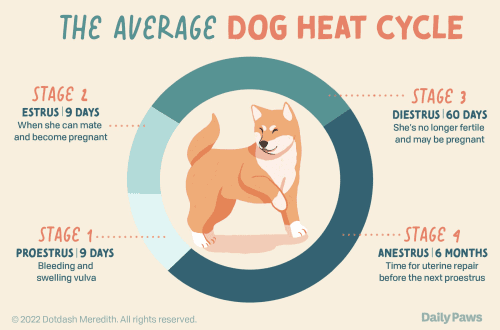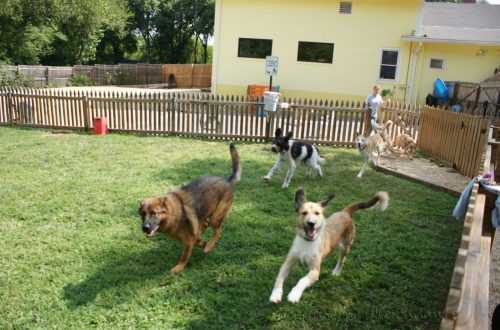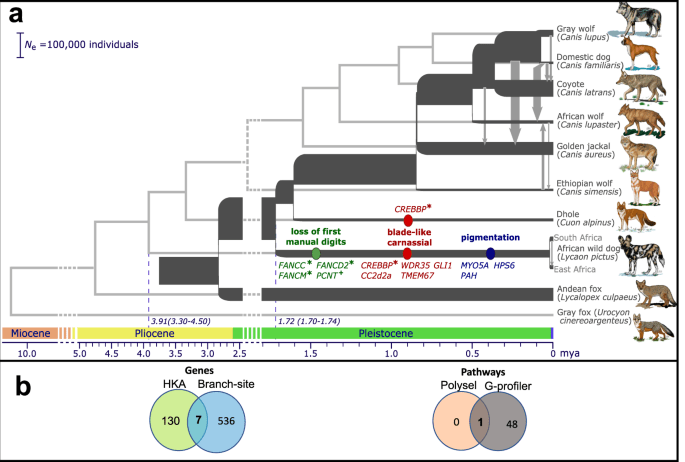
Fetuuna'i se maile vao i le olaga faaleaiga: o fea e amata ai?
Have you decided that a wild dog will become your pet? So, you need to decide where to start adapting a wild dog to life in the family. What should be the first steps?
Ata: pexels.com
Mataupu
How to prepare for the appearance of a wild dog in the family?
So, the wild dog is captured. What do we do next?
First of all, I would like to strongly recommend using the moment of capture (often wild dogs are caught with a dart with sleeping pills) in order to put on a dog harness (harness, you can pair: harness + collar). When putting on the ammunition, make sure that it is loose enough on the dog that it does not rub (note that, most likely, the wild animal will recover in the next two weeks). The presence of ammunition on the dog will help us better control it in the process of developing contact with a person, and the ability to put on ammunition while the dog is in a sleepy state will help to avoid additional stress, which will necessarily be present when trying to put a collar or harness on a dog that is in a sleepy state. waking state. And the savage will have enough stress in the early days.
By the way, speaking of stress: I recommend that during the first to two weeks after capture, give the dog sedative course to maintain the nervous system. After all, the captured wild animal finds itself in an absolutely stressful situation for him: not only was he caught, seized from an environment that was understandable to him, deprived of communication with members of his pack (if the captured dog lived in a pack), he was imprisoned in a strange room filled with smells that are still incomprehensible that for him a creature that imposes its communication, built according to incomprehensible rules for the dog. And our task in this process is to become as understandable as possible to the dog, to explain to him that this bipedal upright is not an enemy, but a friend.
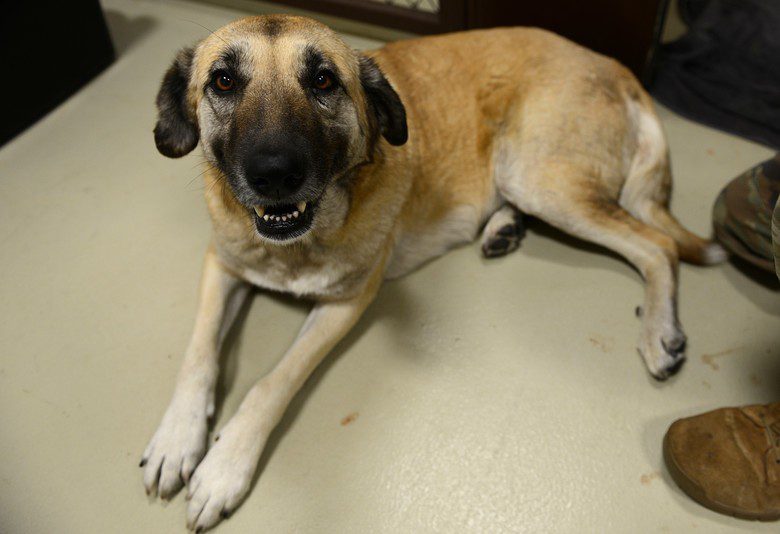



Ata: af.mil
To be honest, I think that placing a wild dog in a shelter, in a series of enclosures with various dogs, where the dog is given minimal human attention with a constant change of people who pay attention to it, is not the best option. I would even say – a bad option.
Why? A disoriented animal finds itself in a completely new environment for it, it does not know a person as a species, perceives him as an incomprehensible, most likely dangerous creature for her. These creatures change every day. They come in for a few minutes and leave. There is not enough time to learn something new in the dog’s life. There are many different smells and noises around. As a result, the dog plunges into a prolonged state of stress – distress.
And here it all depends on each individual dog: I knew shelter wild dogs that “hung” all day long on an aviary cage, barking and rushing at people passing by, flooding the space with saliva, choking from constant barking. She also knew those who went “depressed” — they lost interest in what was happening, refused food, lay all day in their “house”, located in the aviary, without going outside. As you understand, such a psychological state does not contribute to the desire to establish contact with an alien species.
My experience with wild dogs shows that “the iron must be struck while it is hot”, that is, the dog must be put into work immediately after being caught.
If we let the dog “go into itself” without helping him to make contact, the level of cortisol (stress hormone) in the blood of the dog constantly rises, which, in the end, a little earlier or a little later, will lead to health problems (more often all this is a decrease in immunity, dermatological problems, problems with the gastrointestinal tract and the genitourinary system).
It is on the basis of all that has been said that I believe that the optimal solution for placing a wild dog after capture is either an aviary on the territory of a private house, or a separate room in a house / apartment.
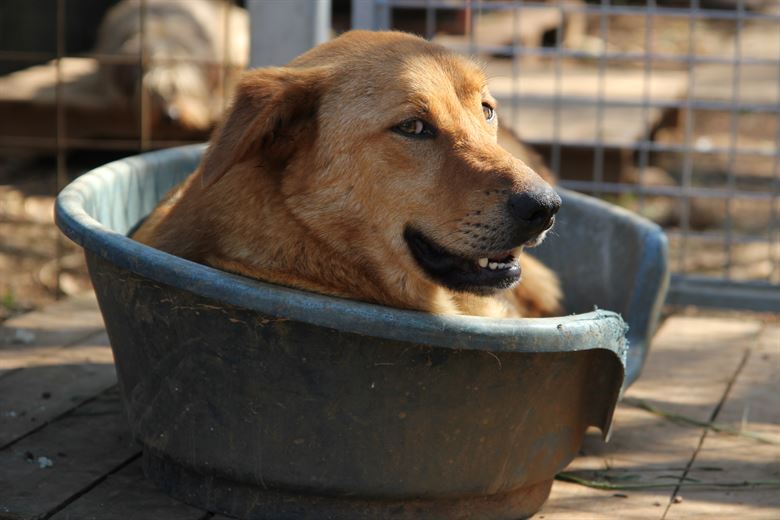



Ata: af.mil
Why are we talking about a secluded room. I have already mentioned how the dog perceives the current situation: at the beginning of a new stage of its life, it is surrounded by sources of stress, everywhere and everywhere. Just like a person needs a break after an intense day, so does a dog. Yes, we must introduce the dog to the person every day, but everything is good in moderation – you also need to take a break from the person. It is this opportunity to relax in peace and quiet, the opportunity to remain alone, that the dog gets by staying in a closed enclosure or room.
Of course, it is preferable to give the dog a room in the living room: after all, even when alone, she hears home sounds, gets used to the vocal modulations of a person, to the sound of his steps, she has the opportunity to sniff and get used to home smells.
“A drop wears away a stone,” you know. The more the dog begins to understand about the structure of the human world and society, the calmer it will become.. The more predictability, the more understanding of what will happen in the next moment, the more confidence and calm attitude.
At the same time, if the dog’s behavior allows take her on a leash and take her outsideI highly recommend that you start taking your dog out on long walks right away without letting him get “stuck in his comfort zone”. There is such a risk: the dog, perceiving the room in which it is located and in which everything is clear to it, as a security base, refuses to go outside. In this case, with almost 80% certainty over time, we will get a wild dog that does not want to go outside. Yes, yes, a wild dog that is afraid of the street – this also happens. But let me reassure you right away: this is also treated.
In fact, most wild dogs stay in the first days in such a state of fear of a person that it can be dangerous to take the dog on a leash and take it outside: the dog can attack the so-called aggression of fear out of fear.
How to equip a place for a wild dog?
It is important to properly prepare a place for a wild dog.
We start from the fact that a person at this stage for a dog is an alien and incomprehensible kind, the room in which it is located is also alien. If we gave the dog a choice, at this stage he would gladly return to his usual environment. For now, she is in prison. And in this hostile environment we must create a place of peace.
I recommend placing it on the opposite wall from the door, better diagonally from the door. In this case, if the dog is not yet ready to meet a person, she has the opportunity to get away from communication along the walls. Also in this case, we do not suddenly appear in the room for the dog – she sees the opening door and the appearance of a person. And such an arrangement of the place allows us to approach the dog not in a straight line, which is perceived by the dog as a threat, but in a conciliatory arc.
Your own corner suggests the presence of a bed and a house. We need a house as an intermediate stage of adaptation: a house is almost a hole in which you can hide. And no, in my opinion, a house is better than a table. Yes, a table. Not a kennel, not a closed house, not a carrier or a cage, but a table.
Closed houses, cages, carriers – all this is wonderful, but … often they “suck in” their inhabitant: a dog that avoids contact with a person (and this is almost any wild dog at the beginning of its adaptation path) very quickly realizes that it is in a house in salvation. The house creates a feeling of complete security and when you try to get the dog out of it, she will most likely defend herself – she has nowhere to run, she finds herself imprisoned in her own house, and a terrible hand reaches out towards her. But we all know that the house is a zone free from encroachment, right?
And still the table! because initially it can be placed in the corner of the room, propped up on the third side with an armchair, for example. So we create a three-walled house: two walls and an armchair. At the same time, we leave one of the long sides of the table open so that the dog has to follow the person, examine him from all sides, so that the dog cannot leave him “deep into the hole.”
Especially shy dogs for the first few days can be hung from above and the tablecloth in such a way that the edges hang a little (but just a little) from the countertop – let’s lower the blinds.
Our task when working with a dog is to constantly get him out of his comfort zone towards a “bright future”, but do it gently and gradually., without forcing events and without going too far.
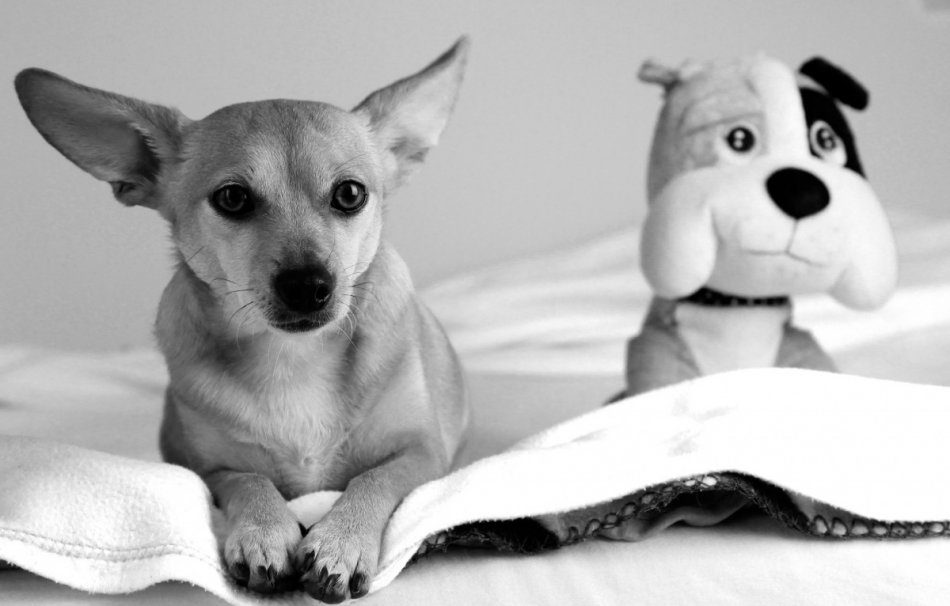



Ata: www.pxhere.com
Over time (usually it takes 2 – 3 days), the third wall (short) can be removed, leaving the table in the corner of the room. Thus, two walls remain in our house: we open more and more ways for the dog to contact the world and the person who lives in this world. Usually at this stage we enter and finding a person in close proximity to the housein which the dog is located.
Then we move the table away from the wall in such a way that leave one wall in the house (on the long side).
How to start taming a wild dog?
Another important, in my opinion, moment: I highly recommend that at first you deal with a dog tasi tagata. Not the whole family, but one person, ideally a woman.
Research conducted in shelters around the world shows that dogs adapt more quickly to female voices, the melodiousness with which women often talk to dogs, fluid movements, and feminine touches.
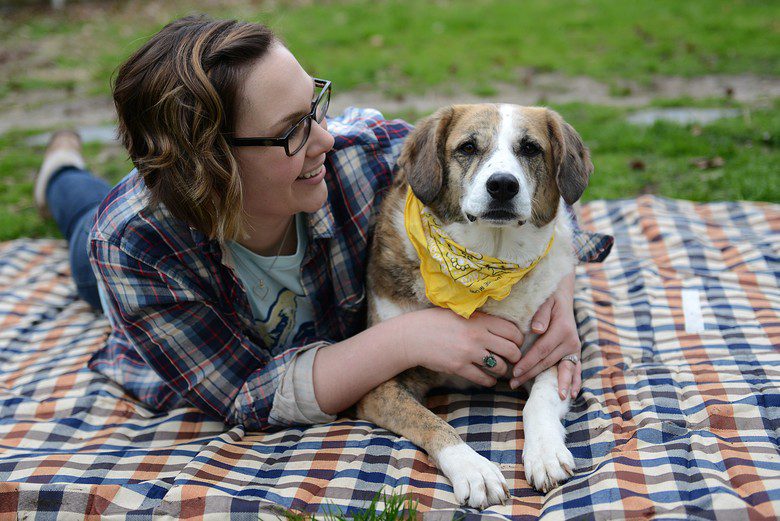



Ata: af.mil
Why the same person? You remember, we have already said that a person at this stage of work is perceived by a dog as an alien, incomprehensible species, a kind of strange alien. We ourselves, when meeting aliens, would be easier and not so scary to study one representative of the group than to be surrounded by several creatures, each of which strangely moves, examines us and makes sounds, the meaning of which we can only guess.
We first introduce the dog to one representative of the human species, we teach it that this strange creature is completely peaceful and does not carry evil and pain. Then we explain that there are a lot of people, they look different, but there is no need to be afraid of them, even if they are bearded.






